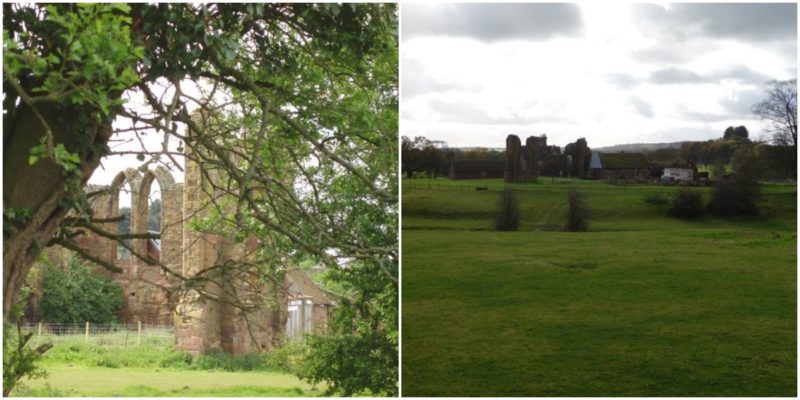The remains of Halesowen Abbey, established by the orders of King John in the 13th century, are not quite abandoned in the real meaning of the word. They stand in the middle of private property, which now is used as a farm, located in the town of Halesowen, near Birmingham, England. Public access is forbidden and these artifacts can be viewed only from a distance.
The ruins are just small part of the large former abbey complex which would have dominated the horizon in the medieval period. Today the old buildings have no practical use in the well-organized farm, except that they provide another aesthetic level to the already beautiful natural surroundings, and some parts serve as supporting walls for farm buildings.
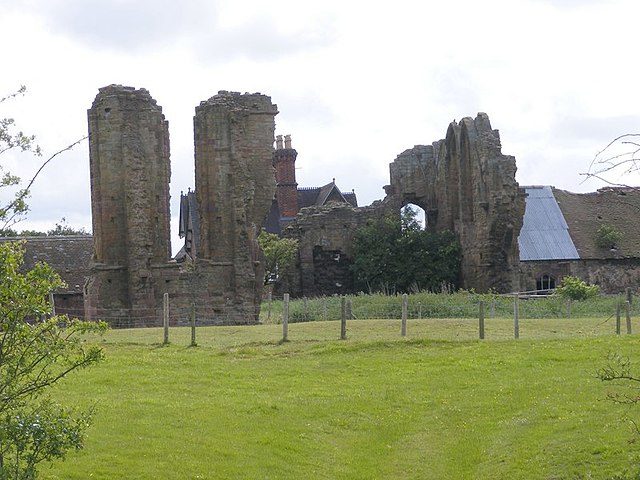
The story of the abbey begins in the second decade of the 13th century. According to historical documents, in the year 1214 King John granted the manor house of Hales and a large tract of land around it to Peter des Roches, Bishop of Winchester. Construction work probably lasted no more than four years. The abbey was dedicated to St. John the Evangelist and St. Mary, and over the next centuries it was a place of residence of the Canons Regular of the Premonstratensian Order.
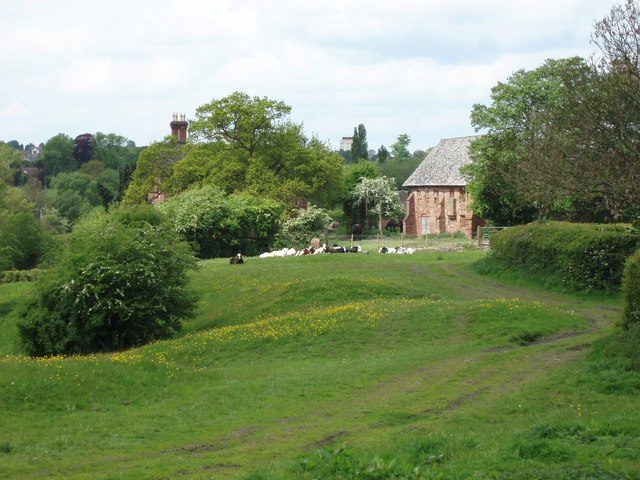
Most of the canons came from the Premonstratensian monastery in Welbeck, Nottinghamshire, and also had close links with Titchfield Abbey in Hampshire. The Premonstratensians were priests who lived together in communities. Although they didn’t follow the same strict rules as monks, the order had some rules that valued a modest way of life. Because of their white outfits, and also because of their puritan philosophy, they became known as the White Canons.
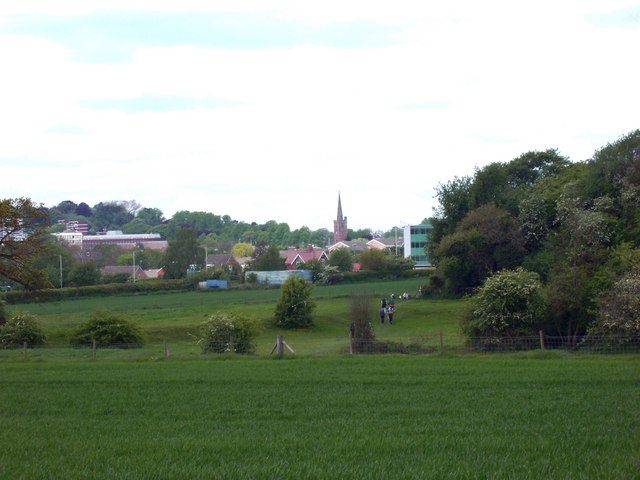
Over the years, the abbey became the preferred stopping point for the pilgrims who visited St. Kenelm’s Church in the nearby village of Romsley. It is believed that this church was erected on the place were Kenelm, King of Mercia and later proclaimed a martyr, was murdered. Among the local people, it is also said that the waters of the nearby spring have healing powers.
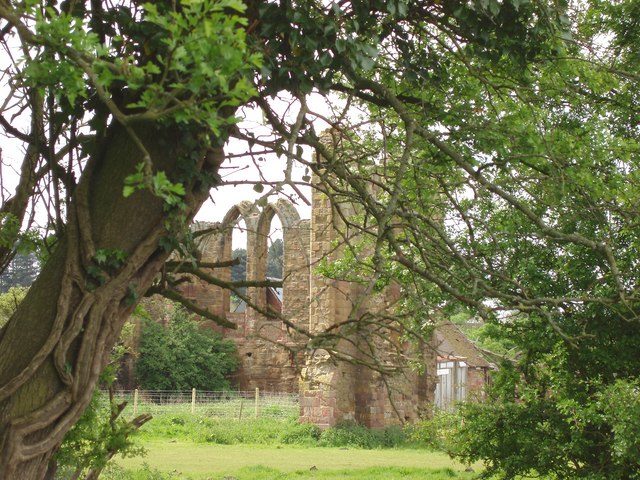
Halesowen Abbey controlled a vast estate for over three centuries. Interestingly, it is documented that in 1279 the locals revolted against the abbot of Halesowen when he raised taxes for the rent of the land. The leader of the rebellion was Roger Ketel, but the resistance was terminated in 1282 after the murder of Ketel and the wife of another leading rebel, apparently hired by the abbot.
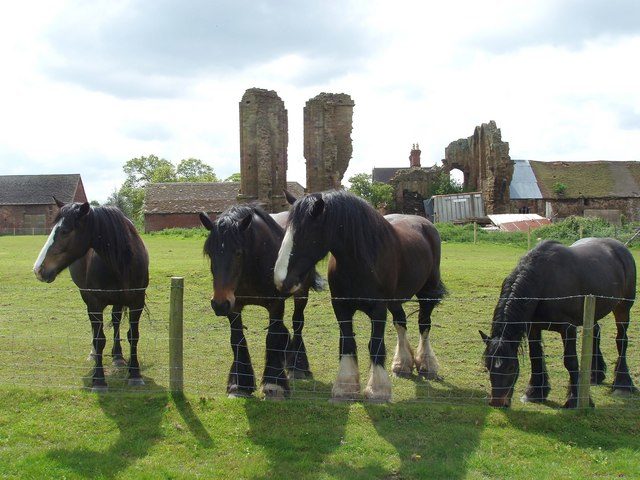
In 1538, during the Dissolution of the Monasteries, Halesowen Abbey’s last abbot, William Taylor, surrendered the complex, all of its valuables and all of the property to the Crown. Two years later, parts of the abbey’s building were torn down. Henry VIII gave the property to Sir John Dudley, who later handed ownership over to his loyal servant George Tuckey. In the 19th century, parts of the abbey’s buildings were included into the north outbuilding (a barn) of Manor Farm. Today very little of the main abbey’s buildings remain and the ruins lie between the 19th-century stables, barns, and farmhouses of Manor Farm. The ruins are protected by English Heritage, but the “new” 19th-century structures are not.
Parts of the church, which was built of local red sandstone, are still recognizable and still stand proudly, including the south transept, the presbytery, the south aisle, and the east end. It is believed that the remains belonged to the earliest phase of the abbey. Originally, the monastic buildings were placed within a rectangular area, which was artificially outlined by five fishponds built by the canons.
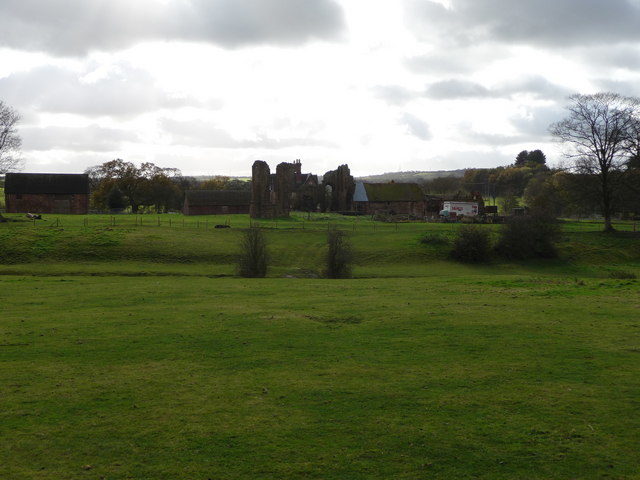
Much of the building material of the abbey’s buildings was reused for construction of new structures in the surrounding area. Archaeological excavations made at the end of the 19th century and beginning of the 20th century clearly show that part of the north barn, which probably was started in the 17th century, was erected from stones and timber from the medieval church. The excavations also showed that parts of the original standing walls of the church were included in the barn.
